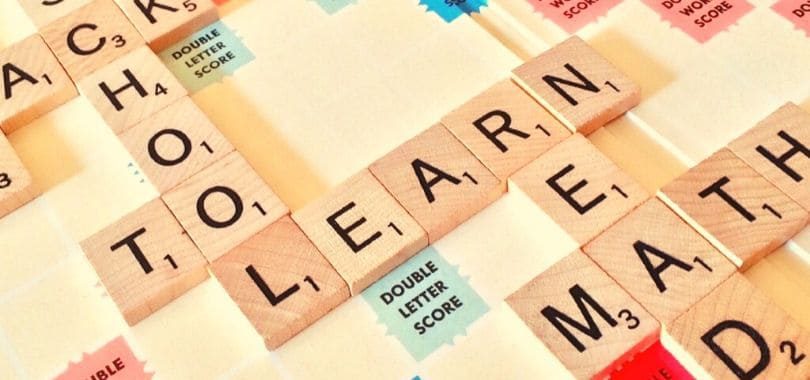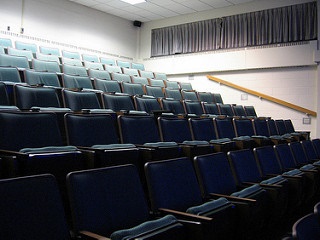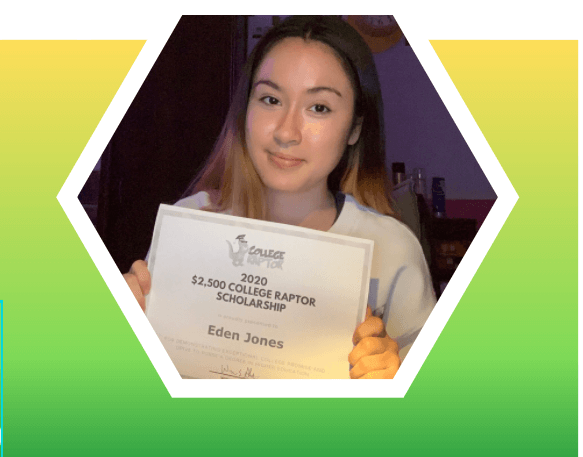
Flickr User: Todd Van Hoosear
You may have questions about lecture and discussion classes in college. When I was registering for my very first college schedule, I would add a discussion class section and automatically another class populated onto my schedule. I was confused at first, why do I have an extra 3-5 hours of class a week? That doesn’t sound fun. How do I stop this? Well, you don’t.
Why was a class added?
That class was added because you are required to take both a discussion and lecture for some classes. The common situation at my (large) school was that there was a lecture A and a lecture B that met at different times during the week. Then there were many discussion sections at various times. To register, you simply adding a discussion section from A or B and the appropriate lecture was added automatically. So, there’s the logistics of it.
Why is there a discussion and lecture class?
The purpose of having two parts to class is pretty simple. In a lecture class with generally 100 students or more, the class time is precious to the professor and there isn’t adequate time for all students to get one on one help. To combat this, discussion sections were created. Here, a teaching assistant (TA) generally leads the class through analysis of the content, administers quizzes, leads problem-solving, discusses material, and answers questions regarding assignments, upcoming tests, and general class material. The TA is usually a graduate student with some expertise in the subject or high achieving undergraduate junior or senior who has already taken the course.

How the two classes differ
The layout of lecture and discussion can vary, however. The traditional lecture is relatively obvious. A professor or lecturer stands at the front of the large hall and lectures. They typically have a PowerPoint that outlines their main points and provides a foundation for what you should take notes on. Some professors have been changing this layout in a variety of ways. Some professors choose a more engaging way of lecturing.
This involves getting students up and moving. In one of my lecture classes that met three times a week, there was usually an activity at least once every other week where students were required to get up to meet other students and discuss a topic or to participate in a pre-planned activity the professor facilitated.
Professors are using technology
Also, professors are taking advantage of technology. Many record their lectures and post them on the class’s course online management site. Students are expected to watch the videos online and come to class with questions. There is both criticism and praise for this approach. Some dislike this approach because they see it as more constraint placed on their time. Now, in addition to the time the student must spend in class, on homework, and study, they must find time to also watch the lecture before they attend “lecture.” Also, what if they understand the material? If they have a thorough understanding, it seems redundant for them to go to the lecture that has turned into Q&A and discussion.
On the flip side, how many students are so confident in their abilities they wouldn’t like having more time to get their questions answered? Students enjoy the flexibility of having recorded lectures online. They can watch it when it fits their schedule, in a relative manner. They also can pause if they didn’t quite get the notes finished that they wanted. Additionally, this gives them time to process the information and formulate thoughtful questions, rather than doing this all very quickly within the specified time of the lecture.
As to most situations, there are pros and cons. However, we hope you now understand what a discussion and lecture class are, and how they are related. If you have any questions, feel free to comment below!
Don’t forget to use the College Raptor tool to find where you’ll be taking classes!





